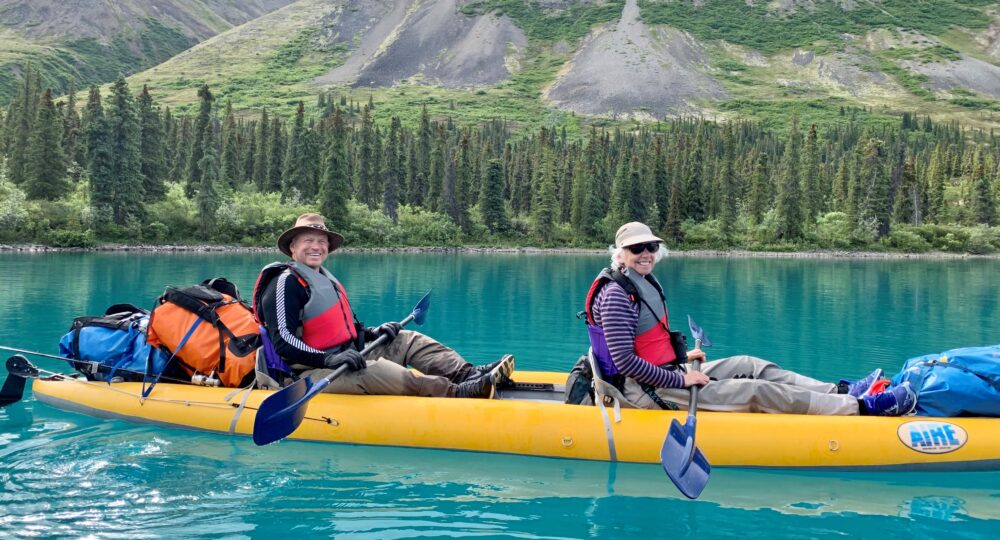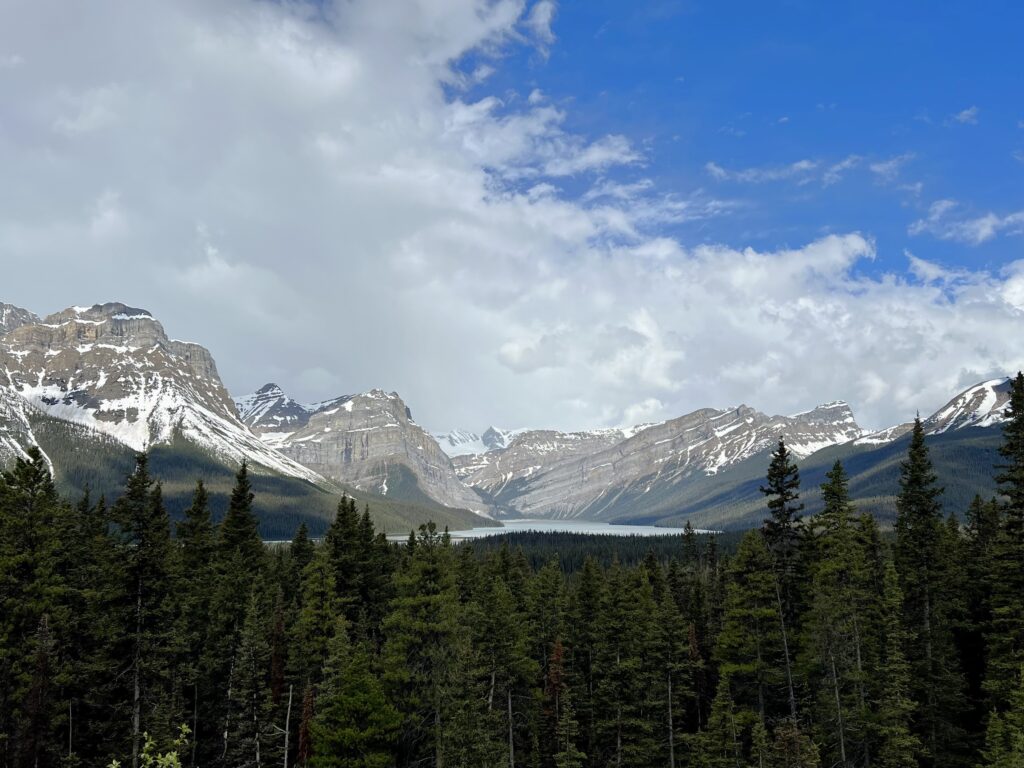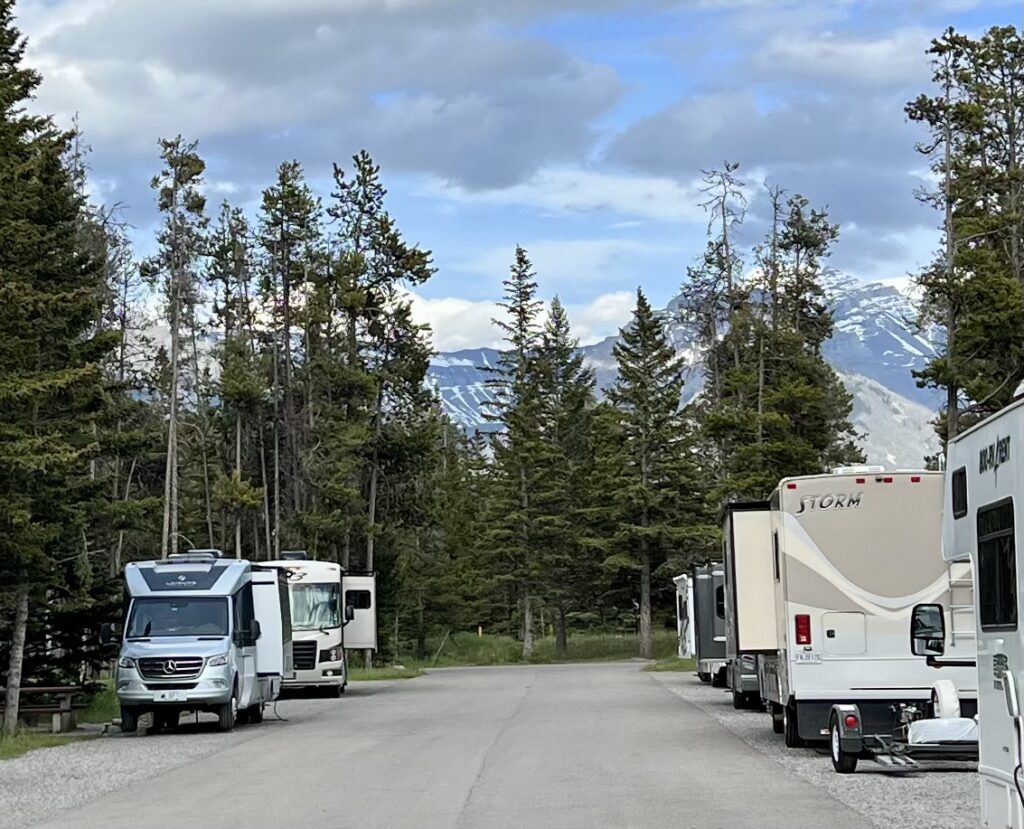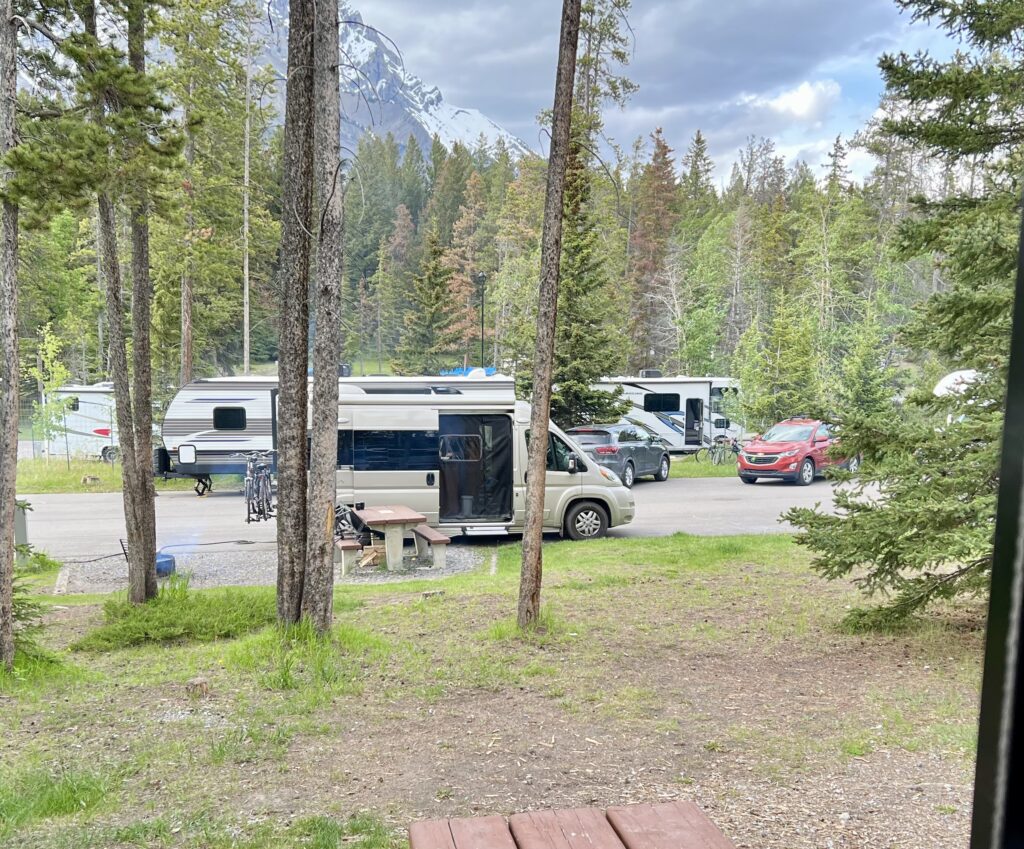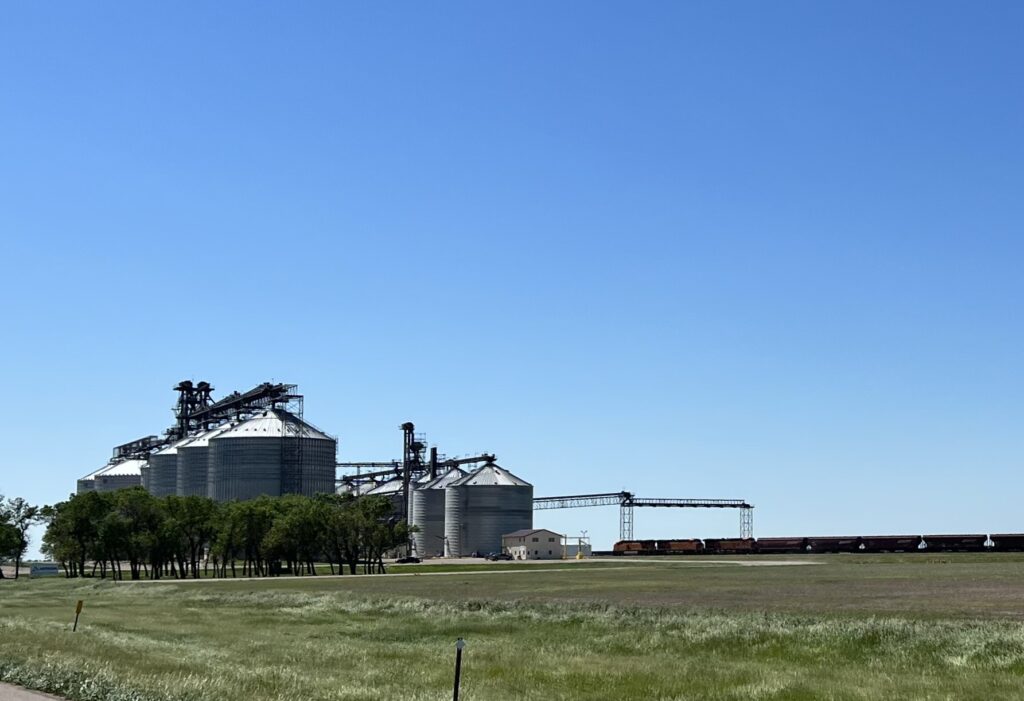It’s hard to believe that it’s been nearly 5 years since our last Tencenturies entry. A week ago, we set out on another adventure – a six-week trek from Minneapolis to Alaska and back – and are firing up Tencenturies to communicate with anyone who is interested in the journey. So, if you are interested, here goes…
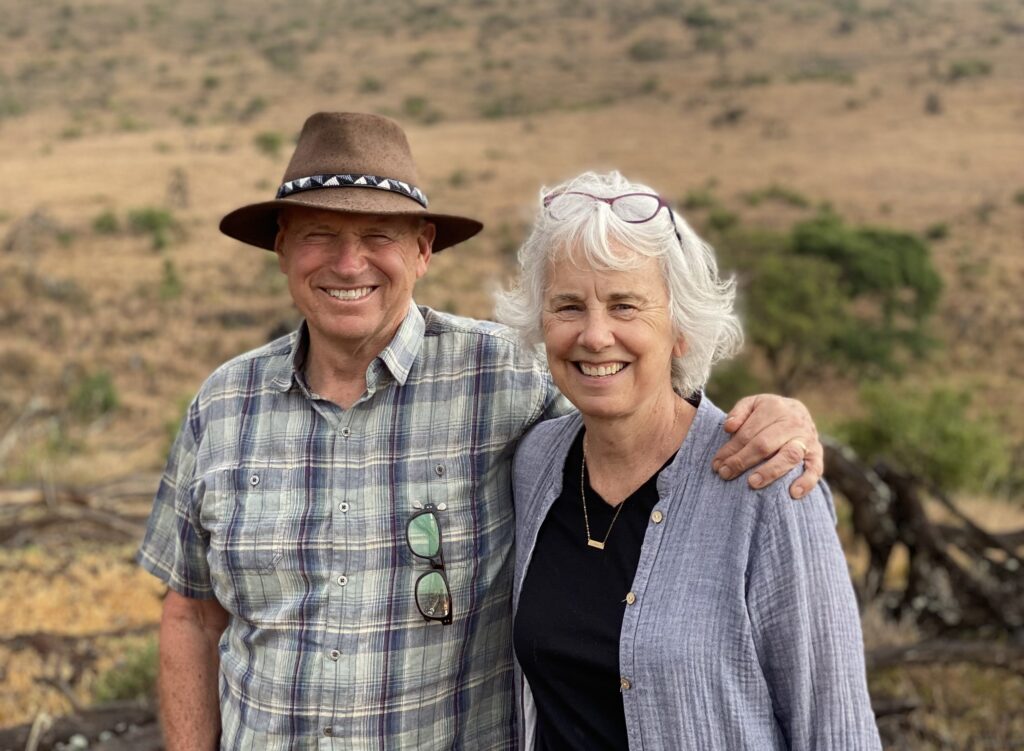
Here we go again.
National Parks: At a party in 2015, our friend Bob Appel mentioned that he was on a quest to visit all (at that time) 59 US National Parks. What a wonderful idea, I thought. I want to do that. I’d never met a National Park I didn’t like and setting up a goal to see all of them seemed like a great organizing principal for our domestic travel. Thanks to my parents and our annual summer migrations from Los Angeles to New England to visit relatives, by the time I reached adulthood, I’d visited 16 National Parks. Travels with John and the kids between 1974 and 2015 had added another 16. I had a good start.
Fast forward to 2022. There are now 63 National Parks (NPs), the most recent one, New River Gorge added in December 2020. I have visited 57 of them. Six more to go. One of the remaining parks is Wrangel-St. Elias National Park and Preserve – an enormous wilderness area just north of the Canadian border in Alaska. At 13.2 million acres, Wrangell is the largest US National Park, over twice as big as Denali and almost 6 times the size of Yellowstone. Of the 8 NPs in Alaska, it is the only one we haven’t visited. That is where we are headed.
The Alcan Highway: John has always wanted to drive the Alcan Highway – the storied 1,387-mile road from Dawson Creek, British Columbia, through the Yukon to Delta Junction, Alaska. John’s an explorer at heart. The distance, the remoteness, and the unknowns intrigue him. In the olden days the Alcan was a dirt highway with few services, many potholes, copious wildlife, and plenty of opportunities for solo problem solving. Today it is much civilized. It is paved and we don’t have to worry about carrying extra fuel to get us from one gas station to the next. Nevertheless, it is a long drive into remote territory with much to see and experience. The entire trip, with the need to get from Minneapolis to the start at Dawson Creek, return from Delta Junction, and experience Wrangel St. Elias, will exceed 8,000 miles.
Continue reading →
